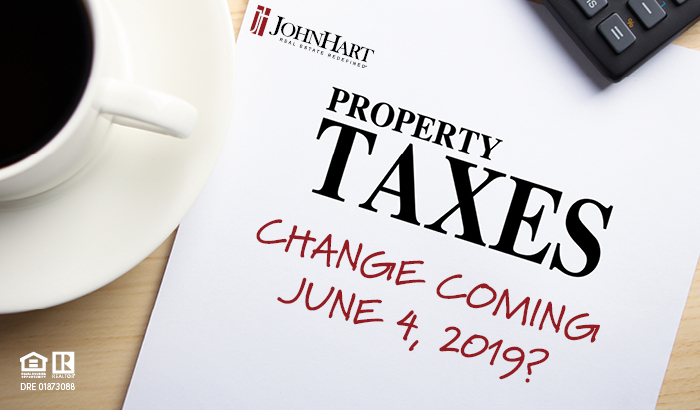Measure EE Overview
On June 4th voters will go to the polls to decide an issue that has potential to impact the real estate industry, Measure EE. Measure EE’s text reads as follows:
To retain/attract quality teachers; reduce class sizes; provide counseling/nursing/library services, arts, music, science, math, preschool, vocational/career education, safe/well-maintained schools, adequate instructional materials/supplies; support disadvantaged/homeless students; shall Los Angeles Unified School District levy $0.16 per square foot of building improvements annually, exempting seniors/certain disability recipients, providing approximately $500,000,000 annually for 12 years, requiring annual audits, oversight, and funding local schools?
A yes vote will have the effect of allowing the district to levy an annual parcel tax—that is a tax based on units of property rather than assessed value—for 12 years at the rate of $0.16 per square foot of building improvements to fund educational improvements, instruction, and programs.
A two-thirds super majority (at least 66.67%) of the vote is required for Measure EE to go into effect. If passed, Measure EE would go into effect during the 2019/2020 fiscal year and last for 12 years.
Per the LA County Counsel’s assessment, funds raised from the tax will go towards: “lowering class sizes; providing school nursing, library, and counseling services and other health and human services for student support; providing instructional programs, school resources, and materials; retaining and attracting teachers and school employees; and providing necessary administrative services.”
Per the LA County Counsel “No proceeds from this Tax can be used for purchasing school lots, building or modernizing schools, funding legal settlements and liabilities, and operating schools outside the boundaries of the District.”
Proponents of Measure EE point to the fact that California ranks towards the bottom of US states in per pupil funding for schools. Therefore, Measure EE is desperately needed to ensure that schools are adequately funded, to ease overcrowding, and provide adequate support and instructional materials for students. For instance, some Measure EE advocates have pointed to the fact that per pupil funding is approximately $24,000 in New York, $22,000 in Boston, but less than $14,000 in Los Angeles.[1] Thus, proponents argue, Measure EE is desperately needed to catch up.
Opponents counter that Parcel taxes are not guaranteed to go towards school improvements and “will add hundreds of dollars annually to homeowners’ property tax bills and thousands of dollars to the annual expenses of supermarkets, retail stores, office buildings, warehouses and commercial facilities.”[2] In essence, opponents contend that it is a costly tax that will increase the cost of living without guaranteeing that the funds raised will go to improving schools. Opponents also point to the fact that Measure EE has been rushed onto the ballot in what is likely to be a low turnout special election and is vaguely worded. Therefore, they contend, it should be rejected and a better and more thought out proposal should be presented; ideally in a general election where turnout is higher and there is more time to consider the full implications of any such tax.
What does this mean for real estate professionals? Of course, any such tax has the potential to impact the industry and the calculus as to whether to buy property and/or how much property any individual or business can afford. For instance, a recent article by The Los Angeles Times[3] concluded that the owner of a 1,500-square-foot house would pay $240 a year under the new tax, with a 3,000 square foot house the number would be double that.
That said, the same Los Angeles Times report concluded that only 20% of the revenue raised if Measure EE is enacted would come from single family residential houses. The rest would come mostly from commercial property. Of course, given the size of certain commercial lots, Measure EE stands to have a much greater impact on the commercial property market. This is particularly the case for buildings such as grocery stores and warehouses that require large plots of land.
Measure EE bears further watching. If it clears the steep hurdle of attracting a super majority, it stands to reason that it could have some impact on the real estate industry going forward. Even if it does not, it may function as dress rehearsal for similar initiative(s) both on the county and state level in 2020.
[1] See https://www.latimes.com/opinion/endorsements/la-ed-endorsement-measure-ee-20190510-story.html
[2] See https://ballotpedia.org/Los_Angeles_Unified_School_District,_California,_Measure_EE,_Parcel_Tax_(June_2019)
[3] See footnote 1.
Contributor, designer & admin for JohnHart Gazette.

